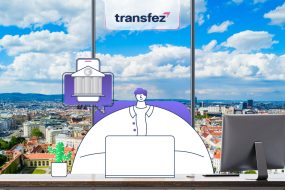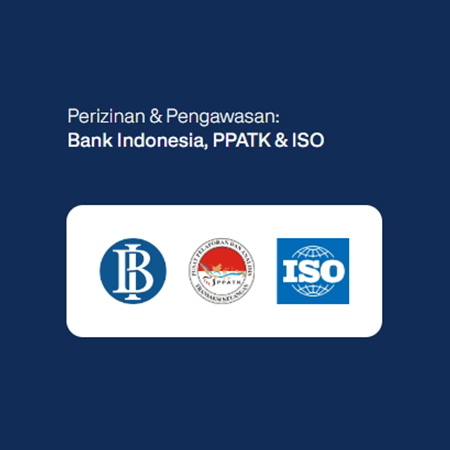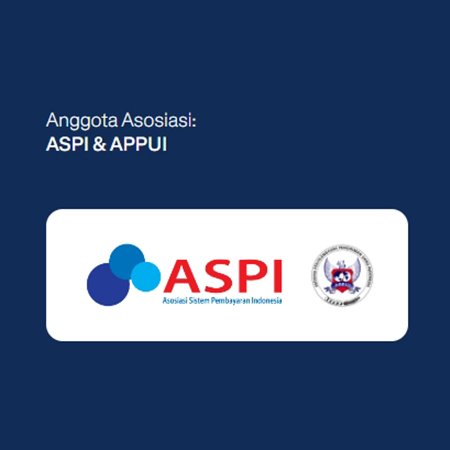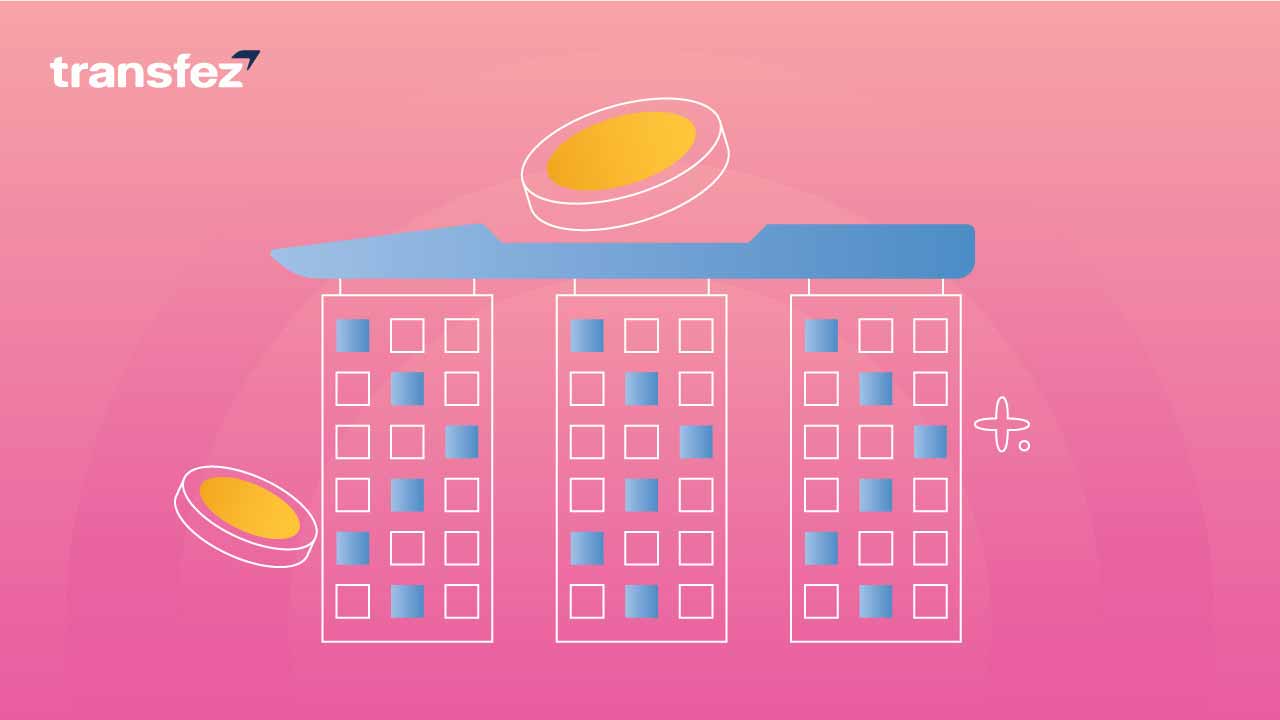
Singapore is frequently hailed as one of the top countries in the world when it comes to healthcare. Its health outcomes are remarkable, its healthcare system efficient, and its citizens enjoy one of the highest life expectancies globally.
But what exactly makes the Singapore healthcare system stand out? In this article, we will explore how Singapore’s healthcare system works, its funding structure, and the differences between public and private healthcare options, providing you with a clear understanding of how it all comes together to create a successful and sustainable health care model.
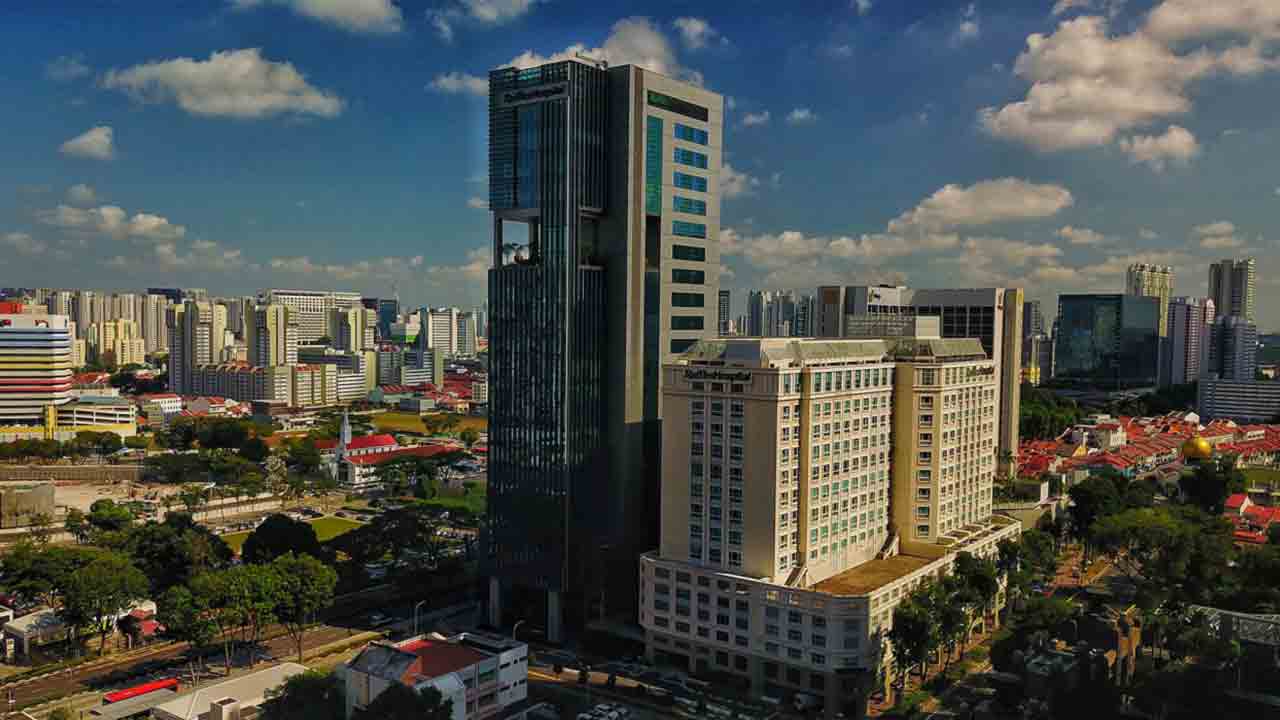
Bob T, CC BY-SA 4.0, via Wikimedia Commons
Overview of Singapore’s Healthcare System
Singapore’s healthcare system is often cited as one of the best in the world, praised for its high quality, efficiency, and sustainability. What sets it apart is its unique approach to healthcare delivery. The system relies on both public and private healthcare services, with an emphasis on individual responsibility, cost-consciousness, and long-term sustainability. It combines mandatory savings plans, insurance programs, and government subsidies to provide affordable healthcare to citizens and permanent residents.
Three M’s – Medisave, Medishield, and Medifund
At the heart of Singapore’s healthcare system are three key pillars known as the “Three M’s”: Medisave, Medishield Life, and Medifund. These programs work together to ensure that healthcare is both affordable and sustainable for Singapore’s citizens.
Medisave
Medisave is a compulsory savings program where a percentage of an individual’s monthly salary is set aside to pay for personal healthcare expenses. Ranging from 8% to 10.5% of wages, this savings is deducted before taxes and placed into an account under the employee’s name. The funds in Medisave can be used for a variety of healthcare needs, including outpatient treatments, surgeries, and hospital stays. It ensures that individuals contribute towards their own healthcare costs, thus promoting a sense of responsibility.
Medishield Life
While Medisave covers routine medical expenses, Medishield Life is designed to help with larger medical bills, such as those arising from hospitalization or major treatments. This is a government-backed health insurance scheme that is mandatory for all Singaporeans and permanent residents.
Medishield Life covers expenses such as kidney dialysis and major surgeries. Singaporeans can opt for additional private health insurance, known as Integrated Shield Plans, to top up their Medishield coverage for extra protection, including access to private hospitals.
Medifund
To ensure that no one is left behind, Singapore also established Medifund. This is a government fund used to assist low-income citizens who are unable to afford healthcare costs despite having Medisave and Medishield coverage.
Funded by a multi-billion dollar endowment, Medifund ensures that all citizens, regardless of their financial situation, can access healthcare when they need it most. The government ensures that more than 99% of Medifund applications are approved, providing financial relief to those in need.
How the Healthcare System is Funded
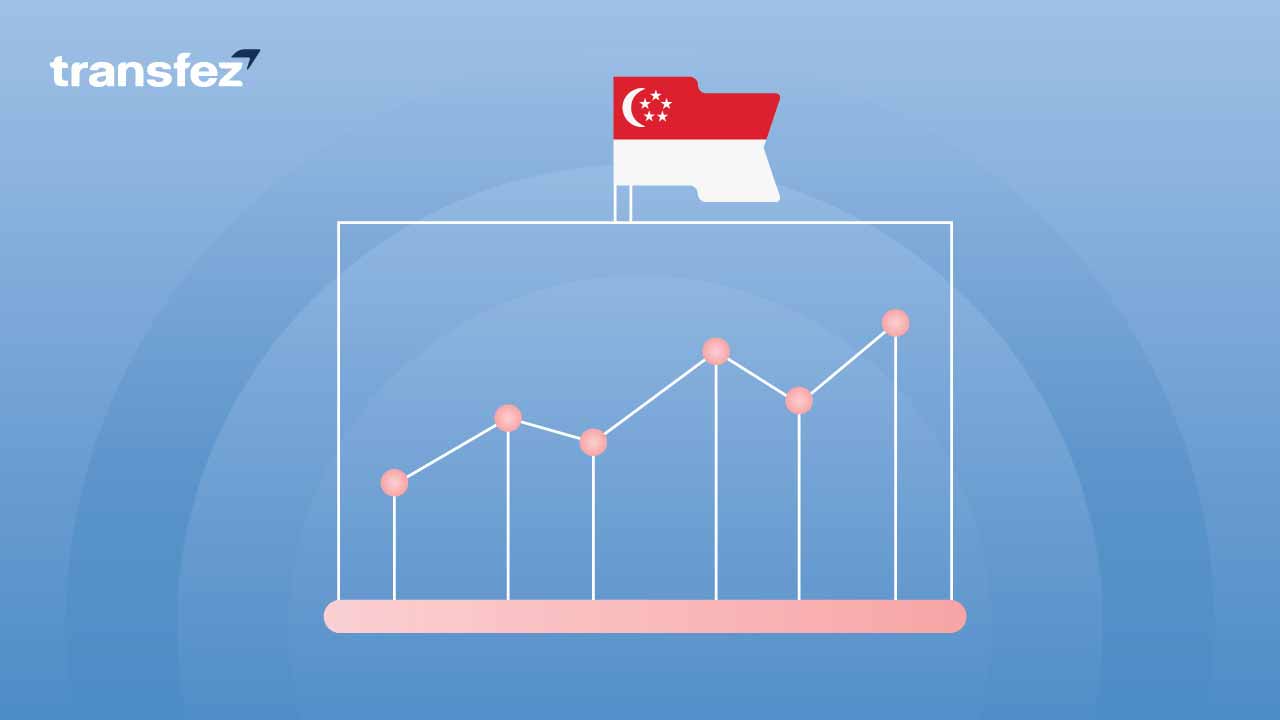
The Singapore healthcare system is primarily funded through a mix of government contributions and individual contributions via the Three M’s. The government covers approximately one-fourth of the total healthcare costs, with the remainder funded through individual savings, insurance, and out-of-pocket payments. By creating a system where citizens contribute to their own health savings and insurance plans, the government keeps costs low while ensuring that everyone has access to essential care.
In addition to individual contributions, the government also plays an active role in managing and regulating healthcare costs. Public hospitals and clinics are heavily subsidized, but patients are still expected to contribute to the costs of their treatment, keeping the system sustainable and reducing the overuse of medical services.
Public vs. Private Healthcare in Singapore
While both public and private healthcare are available in Singapore, they differ in terms of costs, facilities, and wait times. Understanding these differences can help you make an informed decision about the kind of care that best suits your needs.
Accessible and Affordable Public Healthcare
Public healthcare in Singapore is the backbone of the healthcare system, and more than 80% of hospital beds are found in public hospitals. The government heavily subsidizes public healthcare services, which keeps costs affordable for Singaporeans and permanent residents. However, there are still user fees for treatment, and the amount of subsidy varies depending on the patient’s financial situation and the type of care needed.
Public hospitals offer different ward classes, which influence the level of care provided. For example, C-class wards are highly subsidized and shared by multiple patients, while A-class wards offer private rooms with more amenities and greater privacy.
Subsidized healthcare services are available for citizens and permanent residents, but expats without permanent residency status will not be eligible for these subsidies.
How About the Private Healthcare?
Private healthcare in Singapore offers a different experience. Private hospitals tend to offer more comfortable facilities, shorter wait times, and greater access to specialized services.
While these hospitals are more expensive than public options, they also provide higher levels of privacy, better customer service, and more personalized care. For expats or those who prefer the luxury of private care, private hospitals offer a premium alternative.
Some well-known private hospitals in Singapore include Gleneagles Hospital, Raffles Hospital, and Mount Elizabeth Hospital, which offer a range of high-quality services, from general treatments to specialized surgeries. However, private healthcare can be expensive, with fees that are significantly higher than those in public hospitals.
Read More Singapore Articles from Transfez
Top Singapore Culture Shock for Expatriates
Three Best Singapore Transportation Hub
7 Best Singapore Food Culture to Try
10 Famous Singapore Food Street You Will Love
Bank of Singapore: History, Services, and Reputation
Cost of Healthcare in Singapore

Healthcare costs in Singapore vary depending on the type of care received. While the government offers subsidies for public healthcare, patients are still expected to pay a portion of their medical bills. The cost of treatments in public hospitals can range from SGD 39 for a subsidized outpatient consultation to upwards of SGD 8,000 for major surgeries at a private hospital.
In general, patients can expect to pay the following:
- Subsidized care: Up to 80% of the cost is covered by the government, with the remaining balance paid through Medisave or Medishield Life.
- Private care: The cost is borne entirely by the patient or through private health insurance.
The government also provides cost benchmarks for treatments in both public and private healthcare facilities, ensuring transparency and preventing unnecessary overcharging.
Who is Eligible for Singapore’s Healthcare?
Singapore’s healthcare system is designed to benefit its citizens and permanent residents. Expats and temporary residents who are not permanent residents are generally not eligible for public healthcare subsidies. However, they can still access healthcare by paying the full price for treatment or by purchasing private health insurance plans to offset the costs.
If you are a Singaporean citizen or a permanent resident, you will be eligible for public healthcare services and the subsidies provided by Medisave, Medishield, and Medifund. Expats, on the other hand, will need to look into private health insurance plans to ensure that they are covered for any medical expenses.
Download Transfez App
Transfez App can help you transfer money abroad more quickly and efficiently. Transfez Business can also help your business in making transactions abroad. For those of you who want to send money to relatives who are abroad because they are studying, working, or traveling, Transfez will be ready to help. This app is available on Android as well as iOS.
Singapore’s healthcare system is a efficient, sustainable, and top quality. Whether you choose public or private healthcare, Singapore offers a range of options to suit different needs and budgets.
As you explore Singapore’s world-class healthcare system, it’s important to know that sending money to Singapore to manage healthcare expenses or supporting loved ones in Singapore can be made easy with Transfez. Whether you’re paying for medical treatments or sending money for other reasons, Transfez offers a fast, secure, and affordable way to transfer funds to Singapore with great exchange rates and low fees.








